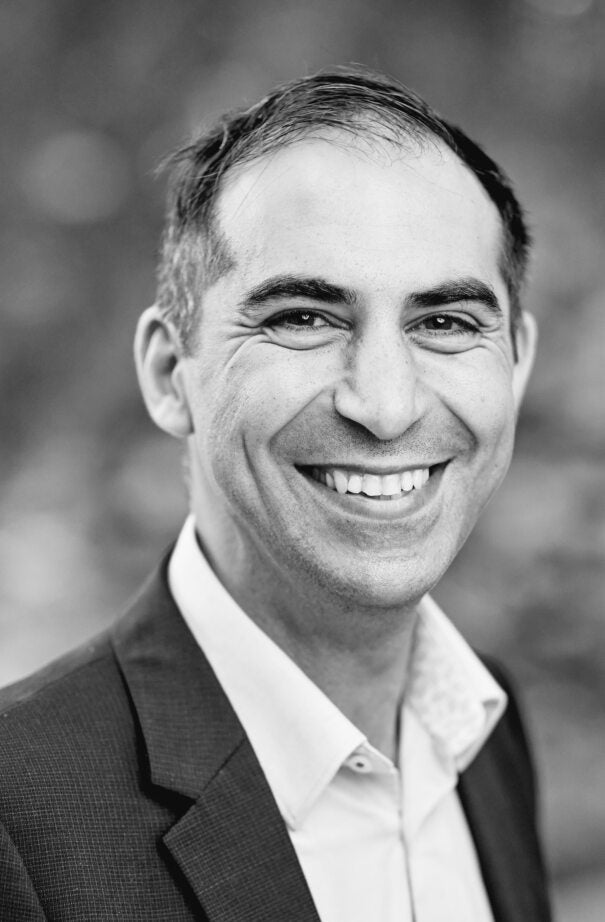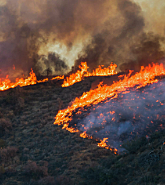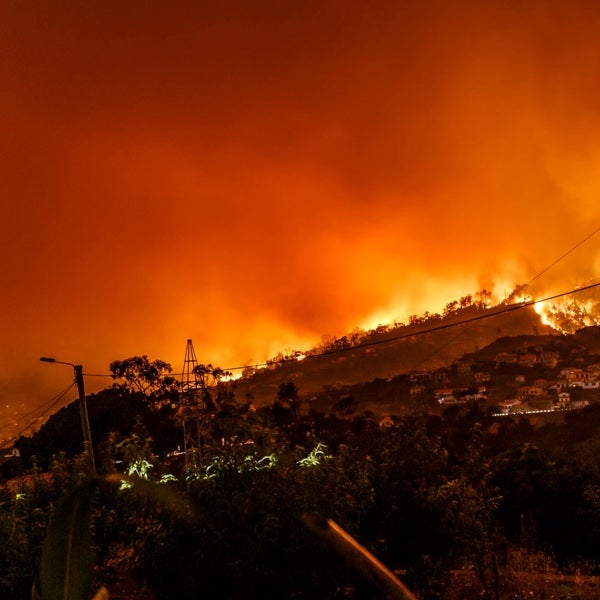One year after the devastating wildfires in Hawaii that started on August 8, 2023, the scale and intensity of the wildfires not only underscored the vulnerability of the island’s communities, especially on Maui but also laid bare the challenges and opportunities for the insurance sector in addressing and managing wildfire risk.
Facing the aftermath of a disaster that led to estimated economic losses of between US$4-US$6 billion, insurers are confronting the reality of an evolving wildfire risk landscape.
Devastation in Lahaina
In early August 2023, pre-existing dry conditions on the islands were exacerbated by a strong high-pressure area north of Hawaii and Hurricane Dora to the south. A small fire in Lahaina (pop. ~12,000), a town on Maui’s northwest coast, quickly grew, prompting evacuations.
Wind-driven fires caused widespread damage, killing at least 102 people. Around 80 percent of the buildings in Lahaina were destroyed.
This disaster is another pivotal moment that calls for a deep reflection on the overall preparedness, response, and resilience strategies in the face of such natural catastrophes – a process that includes the insurance industry.
As we mark the first anniversary of this tragic event, it is therefore essential to delve into the event itself, and for the insurance industry, the lessons learned, and the path toward building a more resilient and responsive framework for managing natural disaster risks.
The Road to Recovery
The road to recovery reveals a complex landscape of ongoing challenges and strategic shifts, a year after the devastating wildfires in Hawaii.
Debris removal, a critical first step in rebuilding, remains incomplete. Clearance efforts are still progressing for the last 10-15 percent of impacted lots. This slow pace highlights the enormity of the task, compounded by labor shortages and debates over the reconstruction strategy, where the community stands at a crossroads.
Islanders are looking to balance preserving the unique character of the islands – by rejecting proposals from commercial developers, with the practical need to expedite rebuilding efforts.
Additionally, legal battles over liability further delay the recovery process. Only a fraction of the affected properties – approximately 50 out of over 2,000 – have secured rebuilding permits to date.
There is a broader recognition that systemic changes need to be taken to enhance resilience and safety in the face of increasing wildfire risks. Utility Hawaii Electric recently announced potential future Public Safety Power Shutoffs (PSPS), representing a shift toward more proactive risk management strategies aimed at preventing future disasters.
The Hawaii wildfires also exposed vulnerabilities in the insurance industry's approach to managing wildfire risk. The substantial losses underscore the importance of accurate risk assessment and adequate insurance coverage to mitigate financial impacts for the industry and policyholders.
Impacts from wildfires provide critical insights for the insurance industry and further reinforce how traditional risk management approaches often fall short in predicting the severity of wildfires.
The industry’s need for advanced models that can better account for factors seen in Hawaii, like multi-year droughts, fuel loads, and climate change impacts, such as within Moody’s RMS upcoming U.S. Wildfire HD Version 2.0 Model, is becoming evident.
Community and property-level mitigation measures are vital to maintain and increase wildfire insurability, and insurers need to recognize effective mitigation strategies, such as creating defensible space around properties and community-wide firebreaks that are proven to reduce damage.
As seen with Hawaii Electric’s plans, the wildfires highlighted the importance of robust utility risk management, including infrastructure hardening and proactive shutoff measures during high-risk periods.
In response to all these wildfire risk landscape factors, insurers have been prompted to reconsider their strategies, from policy pricing to coverage options, ensuring they are aligned with the increasing frequency and severity of wildfires.
Hawaii served as a wake-up call, emphasizing the need for a more resilient and forward-thinking approach to insurance in wildfire-prone areas.
Enhancing Wildfire Risk Assessment and Management
By leveraging advanced modeling tools, insurers can enhance their risk assessment capabilities, and develop more informed strategies for rate setting, (re)insurance pricing, portfolio management, and overall risk quantification, as wildfire risk models incorporate the latest fuel and climate data for a more accurate picture of current risks.
Accounting for the impacts of multi-year droughts and incorporating loss experience up to 2023, the upcoming Moody’s RMS U.S. Wildfire HD Version 2.0 Model provides a comprehensive calibration across the entire modeled domain.
Quantifying tail risk through 100,000 years of wildfire simulation and even explicit identification of utility-related ignitions, a significant source of losses in regions like California, represent critical advancements within the upcoming model, as well as incorporating the evaluation of utility company mitigation efforts.
Coupling this enhanced understanding of wildfire behavior with insights into the effectiveness of mitigation strategies - from mechanical thinning to community and property-level improvements – can help the insurance industry move forward and support communities in the longer term.
Moreover, in response to the catastrophic events of 2023, the expansion of the model to include Hawaii in addition to the contiguous U.S. states, reflects a commitment to adapting to market needs and ensuring that insurers are equipped with the most current and relevant data for risk assessment.
The Role of Technology and Partnerships
Moody’s has a longstanding partnership with the Insurance Institute for Business & Home Safety (IBHS). Our collaborations underscore the importance of community risk reduction strategies and the potential for technology to enhance hazard analysis and mitigation efforts, and the Version 2.0 model benefits greatly from leveraging the IBHS Wildfire Prepared Home and Community programs.
Moving Forward: A New Era for Insurance
As we reflect on the first anniversary of the Hawaii wildfires, it is clear that the event has catalyzed significant change within the insurance industry. Embracing advanced technologies and fostering partnerships will be key to navigating the complexities of evolving wildfire risks and ensuring that the industry and policyholders are better prepared for the future.
The Hawaii wildfires have served as a critical reminder of the ever-present risk of natural disasters and the essential role of the insurance industry in mitigating financial impacts.
By adopting advanced risk modeling and embracing a collaborative approach, the industry can respond more effectively to wildfires and also lead the way in building resilience against future disasters.
Discover more about Moody’s RMS wildfire models and their impact on the insurance industry here.







